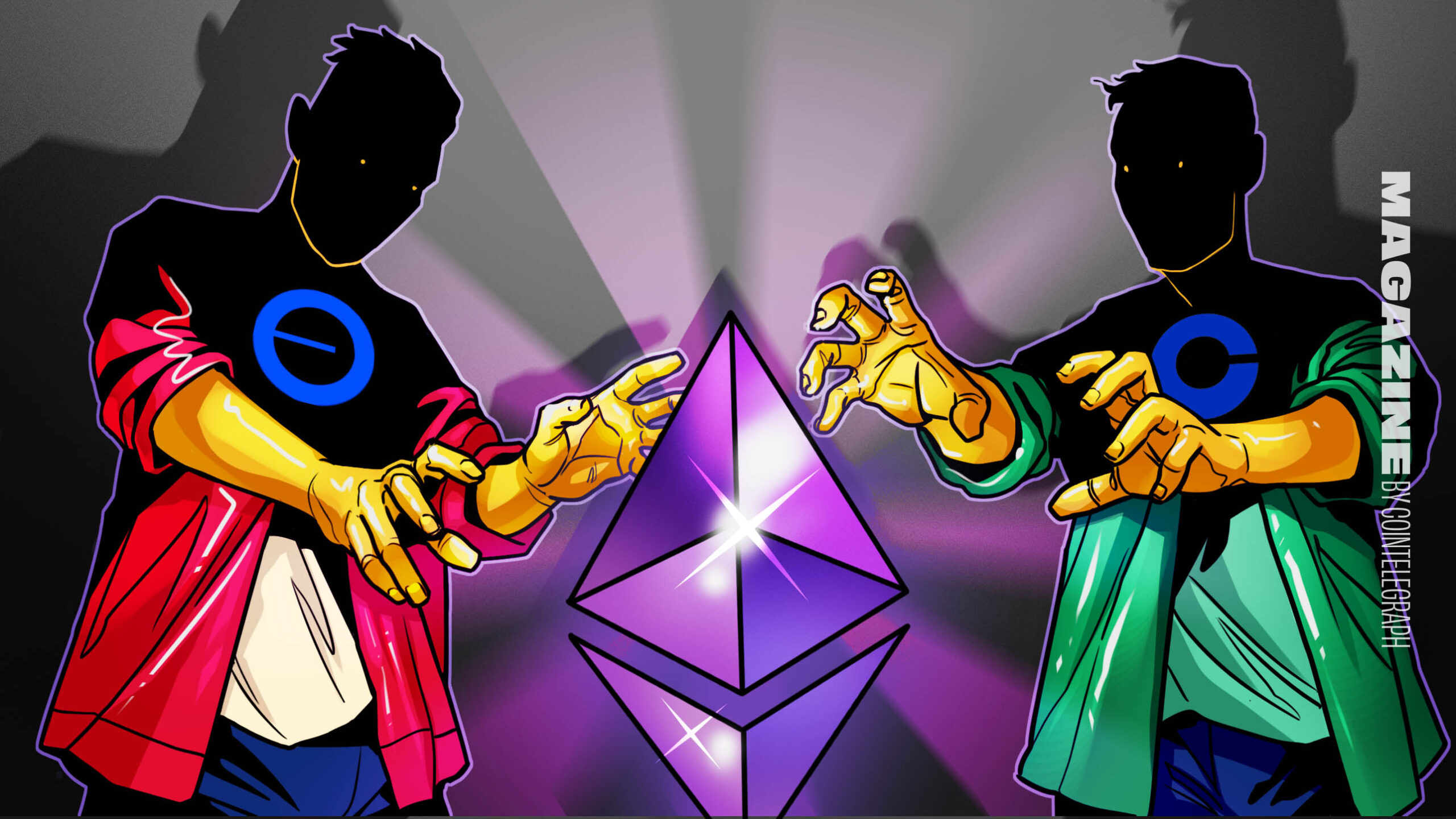Opinion by Kyle Torpey, a Bitcoin journalist since 2014. Cryp
  |
Opinion by Kyle Torpey, a Bitcoin journalist since 2014.
Crypto began as an idealistic movement to decentralize digital finance, but the long-term trend since Bitcoin originally launched in January 2009 has been toward ever more centralized and permissioned activity.
These issues have been obvious for some time, particularly in relation to the reliance upon centralized stablecoins throughout the industry. But the devolution of crypto into traditional fintech is now becoming more blatant with the blockchains upon which these stablecoins operate becoming more centralized as well.
So, what has crypto become? Or perhaps better put: What are we even doing here at this point?
From Bitcoin’s decentralized vision to crypto’s centralized reality
In a January 2009 post, Bitcoin creator Satoshi Nakamoto pointed out the reliance on trust in centralized third parties that exists in the traditional financial system. Nakamoto’s removal of the need for trusted third parties is the underlying value proposition of his invention
Since then, Bitcoin has evolved with its fundamental investment thesis built around the digital gold narrative. Since there is no central party that controls Bitcoin’s monetary policy, it is resistant to the sort of dilution that can be found in centrally-issued digital assets, whether they be fiat currencies or privately-issued crypto assets.
Ethereum and other layer-1 blockchains that enable more expressive smart contracts were originally intended to bring this same sort of decentralization to other areas of finance such as trading and lending.
While these platforms have exploded in popularity over the past decade, much of the activity on them is centered around centrally-issued stablecoins such as USD Coin (USDC) and Tether (USDT). Additionally, Ethereum has faced increased competition from alternative crypto networks, such as Solana, that are willing to make even greater tradeoffs that favor usability and lower fees over decentralization.


Centralized stablecoins dominate crypto trading
The potential issues with Ethereum’s reliance on centralized stablecoins became apparent to some in the previous crypto bull market. Ethereum co-founder Vitalik Buterin said in 2022 that stablecoins like USDC and USDT could become “a significant decider in future contentious hard forks.”
When looking at the trading volume data for decentralized exchange Uniswap, for example, it’s clear that centralized stablecoins are a key ingredient that enables the majority of the activity found on these apps.
According to data from DefiLlama, USDC and USDT have generated the most revenue of any applications in crypto over the past 30 days. Additionally, platforms that are generally viewed as more centralized than Ethereum, such as Solana and Tron, have generated more revenue than Ethereum over the past week.
An often-cited metric regarding the hypothesis that centralized stablecoins don’t necessarily need to be operating on the most decentralized blockchains is that substantially more USDT payments take place on Tron rather than Ethereum. That said the total amount of USDT on Ethereum recently overtook Tron, according to data from The Block.
Coinbase and Base: Centralization meets decentralization
Ethereum layer-2 network Base is a particularly interesting development recently due to its incubation by Coinbase, which is the largest crypto exchange in the US. Using its popular exchange, Coinbase has the ability to push users to Base as part of its onchain vision, and the publicly-traded company collects fees from the blockchain as the operator of the sole sequencer. Coinbase then uses a small proportion of those fees to pay layer-1 fees to Ethereum, as it is an optimistic layer-2 rollup. ETH is also used as the gas token on Base.
Critics argue that Coinbase’s use of Base can be seen as a form of regulatory arbitrage and decentralization theater that allows the company to collect fees and generate revenue from customers without having to go through Know Your Customer and Anti-Money Laundering checks. This both lowers costs for Coinbase and creates a more seamless onboarding and overall user experience for Base users. This improved user experience is especially true when also considering the abstraction of ETH as a gas token and the promotion of USDC as the main currency of Base.
Base fans will no doubt point to the introduction of fault proofs as indicating the L2 is progressing efforts to decentralize. However, it remains at Stage 0 decentralization at present, according to L2 Beat, even as newer rollups like Unichain debut at Stage 1.


The clearest example of the level of centralization found in this structure is perhaps seen with Coinbase’s relatively new Bitcoin loans product, which allows Coinbase customers to borrow USDC…
cointelegraph.com
